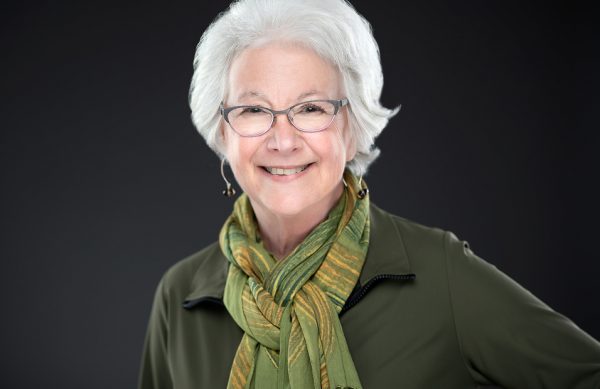Dance Showcase Advocates for Supportive Campus Community
On Saturday, March 5, the Colgate Dance Initiative hosted a performance as part of the university’s Performing Arts Weekend. With Aretha Franklin visiting campus, the weekend was all about celebrating creativity around campus. The Colgate Memorial Chapel was filled with students, parents and alumni who were ready to give their support to the arts at Colgate.
The event was hosted by Colgate’s Associate Vice President for Advancement and Alumni Relations Tim Mansfield, as well as Professor Tanya Calamoneri, who teaches Dance and English at Colgate. Both expressed the importance of incorporating dance into academic life. They explained that integrating art into the liberal arts education will produce a more interactive and dynamic community throughout Colgate, something that the university is always claiming to strive for. Colgate alumna Danielle Iwata, who created the Colgate Dance Initiative during her time at Colgate, also spoke at the event. Throughout her presentation she discussed the issues that dancers at Colgate face, like finding practice space and not being taken seriously by students and faculty. Because of Iwata’s and her peers’ determination to incorporate dance into their Colgate experience, she was able to bring a dance professor to Colgate and ensure practice space at the studios in Huntington Gymnasium.
The show featured performances from all of the dance groups on campus, as well as a solo performance from Professor Calamoneri’s introductory dance class. The jazz and contemporary dance group Groove was the first to perform. The all-girl group danced a beautifully choreographed routine to “Pretty Thoughts” by Alina Baraz and the Galimatias. Following Groove was the hip-hop dance group DDT. During their introduction, members of DDT talked about their experience with dancer and choreographer Duane Holland, who visited Colgate earlier in the semester to lecture and teach a master hip-hop class. The group danced to a variety of popular hip-hop songs like “BBHMM” by Rihanna and “Pass That Dutch” by Missy Elliott.
This was followed by the equally talented contemporary jazz group, Shock. As part of the introduction, leaders of the group explained that Shock was not an audition-based group and therefore allowed students of all skill levels to participate in dance, thus expanding that community on campus. The group danced to Hozier’s “Work Song” as well as a Justin Timberlake medley.
Following Shock was Colgate’s Ballroom Dance Club. The leaders of the club explained the importance of breaking stigmas of dance, such as the idea that ballroom is strictly for weddings and other formal events. To further prove their point, the group danced to Fall Out Boy’s “Phoenix.”
The dance group Fuse followed the Ballroom dancers. They are a contemporary group with hip-hop influences. Their introduction speakers discussed the goal of the group, which is to tell a story with each piece they perform. Their dance to Sylvan Esso’s “Coffee” told a story of someone who is excited and nervous about entering a new chapter in life. Next, the biggest dance group on campus, Kuumba, filled the entire stage, as dancers of all skill levels performed to a mashup of hip-hop songs.
To close the show, the Latin American Dance Group, or LAD, performed a medley of different dance styles from Latin America. Leaders of the group explained that a dance community is important, and should not fail to recognize the ethnic dance groups on campus, as has happened in the past.
All of the groups talked about the difficulties that come with having a dance group on Colgate’s campus. They all seem to face the same problem: no easy access to practice space. Although there are dance studios on campus, there are not nearly enough to accommodate all of the groups. Additionally, these studios are also utilized by other groups on campus. The groups explained that having a larger studio area would help in creating a more tight-knit community among the dance groups on campus.
Professor Calamoneri elaborated on the influence that dance can have on an education.
“As people talk about dance it brings a sense of community and creates a place for people to feel that they belong. There are ways people can communicate that are not just going out to drink. As far as dance in academia, Dance studies collapses that high art, low art thing,” Calamoneri said.
Ultimately, all of the groups that performed advocated for the same things. The initiative was put on to show that dance can form communities, yet in order for these communities to thrive, they need the support of the entire Colgate campus.



